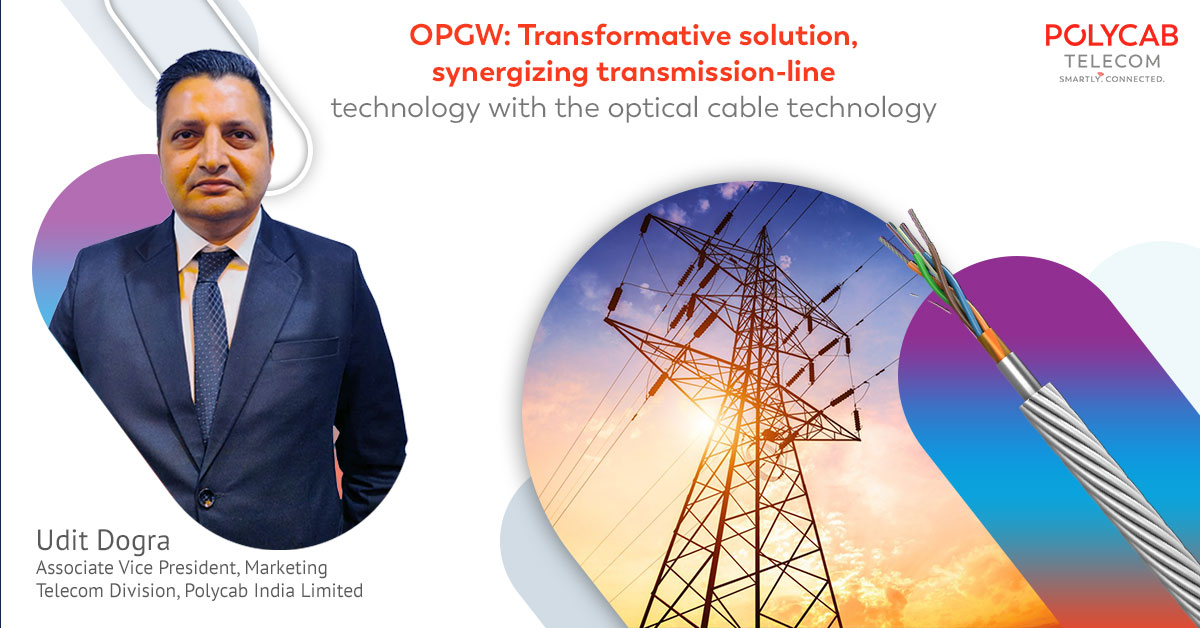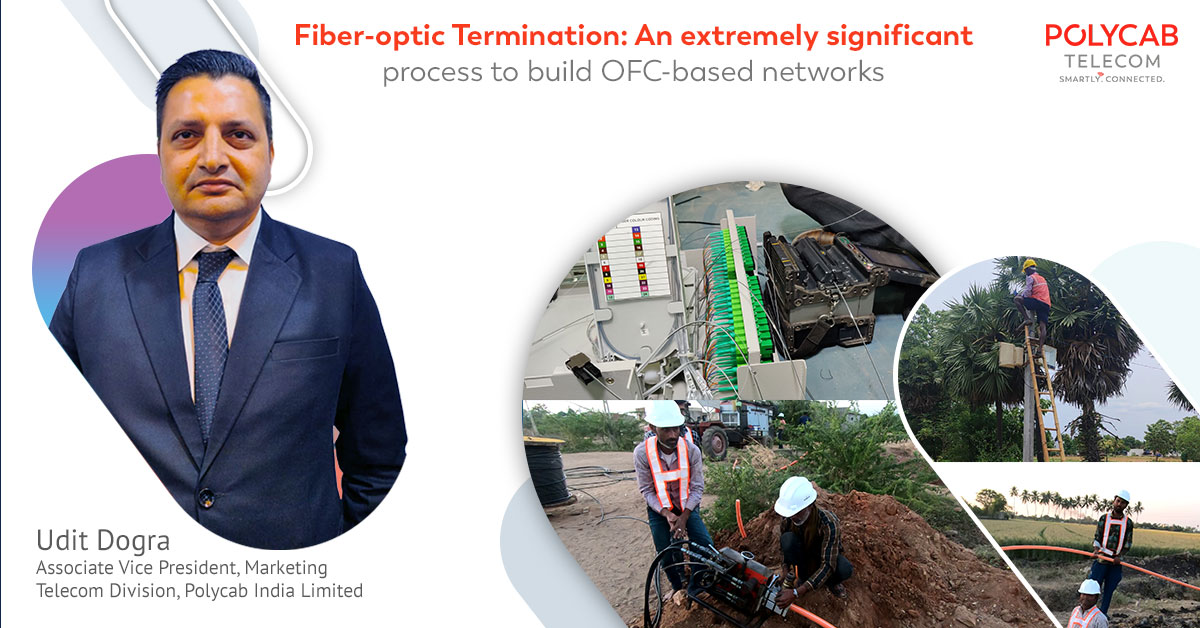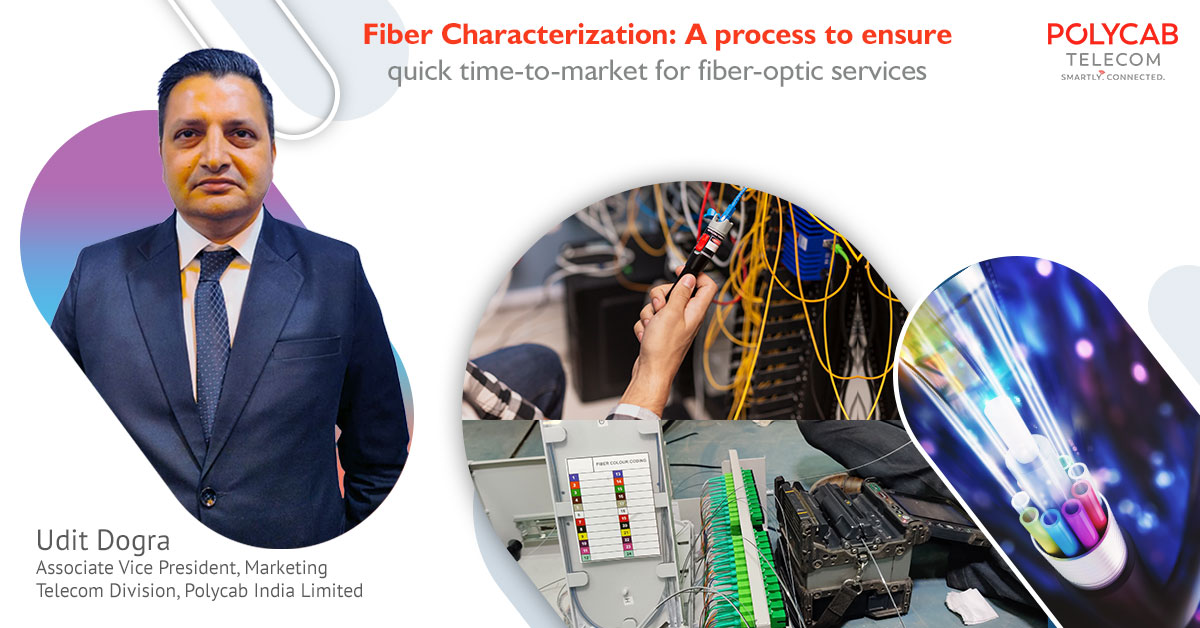A continuous increase in the demand for broadband-services with the simultaneous rise in traffic in internet-space has kept the evolutions coming thick and fast in different architectural arrangements of networks. Services on the digital platforms have catapulted to the next level suddenly and optical fiber seems to be the most advanced transmission-medium to truly support these advanced services. Passive Optical Network (PON) is an evolving technological arrangement that comes with many efficiencies for a network, like higher bandwidth, longer distances from the centre to the subscribers, resistance to electromagnetic interference, increased security and diminished signal-weakening. As a point-to-multipoint optical network, PON represents an innovative mechanism in networking, empowering end-users with the desired bandwidth at a chosen destination. With the Optical Line Terminal (OLT) at a service-provider’s centralized location, a single fiber is designed to run through a passive optical splitter to provide an efficient broadband-connection for multiple end-users. The network is termed ‘Passive’, as it uses no electrically powered equipment in its path. The architecture of a PON can differ in many types, depending on the end-users’unique needs. Gigabit PON (GPON) provides a very high bandwidth of 2.5 Gb/s, using IP and ATM or GPON Encapsulation Method (GEM) for encoding.
When Polycab Telecom worked in Gujarat under BharatNet’s Phase-II to provide end-to-end network rollout in the state’s 3,767 Gram Panchayats (GPs), the connection between the Optical Line Terminal (OLT) and Optical Network Terminal (ONT) at GPs was made in an innovatively apt Star Topology, in a manner that the nearest OLT was connected in a cascaded manner with the next OLTs and all of them were connected to the State Data Centre (SDC) at Gandhinagar. As the ONT-mapping per OLT stood at 20 GPs, each GP (ONT) was connected to Block-location/BSNL Exchange (OLT) with a ratio of 1:20.







